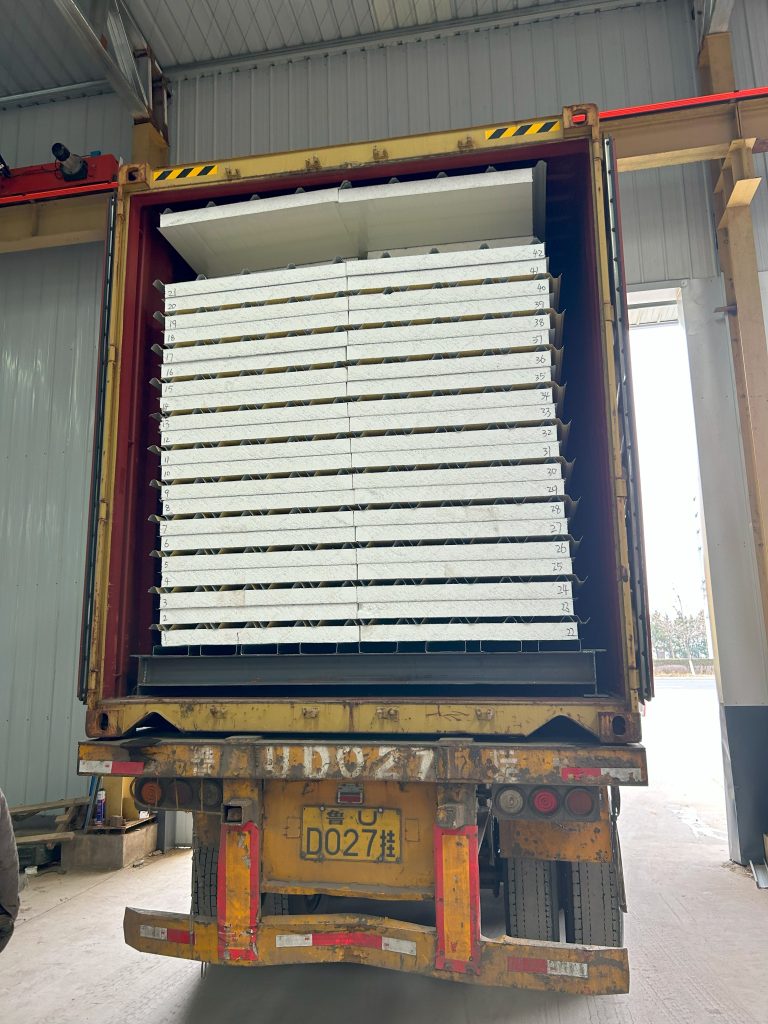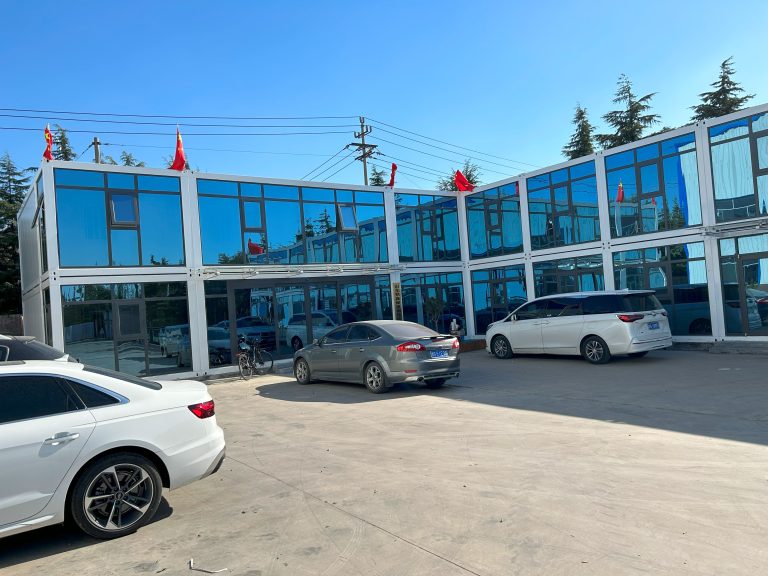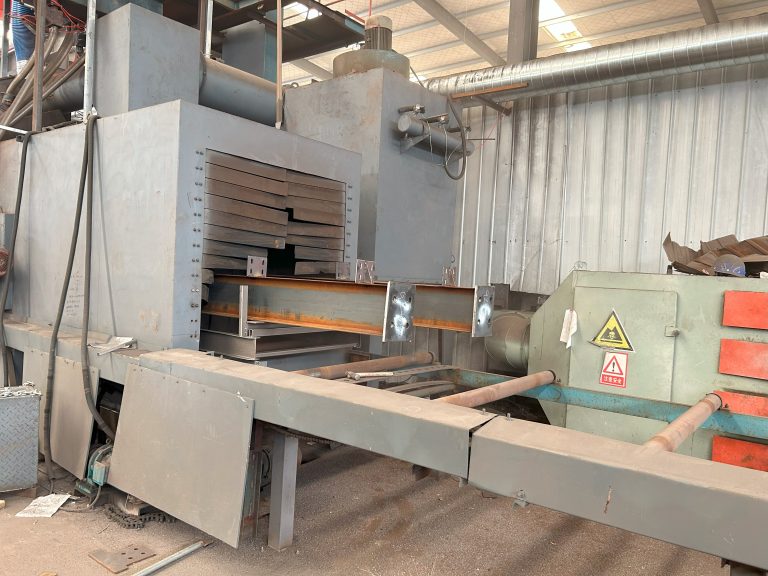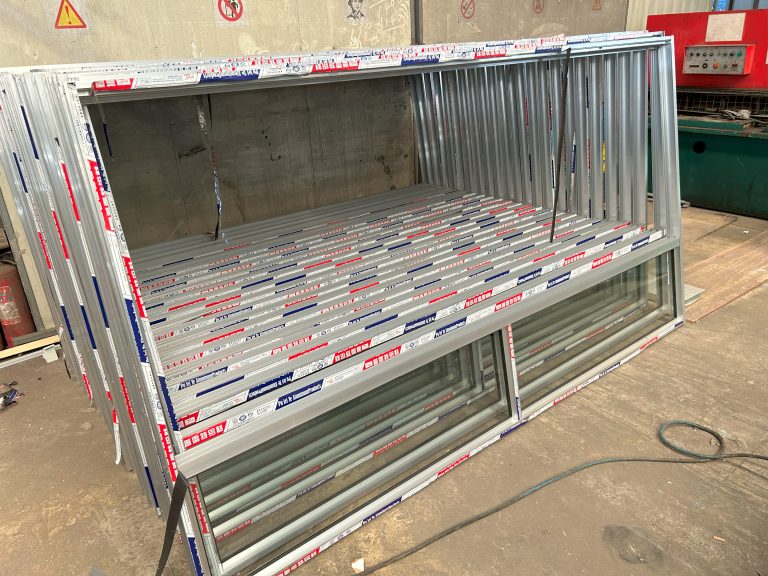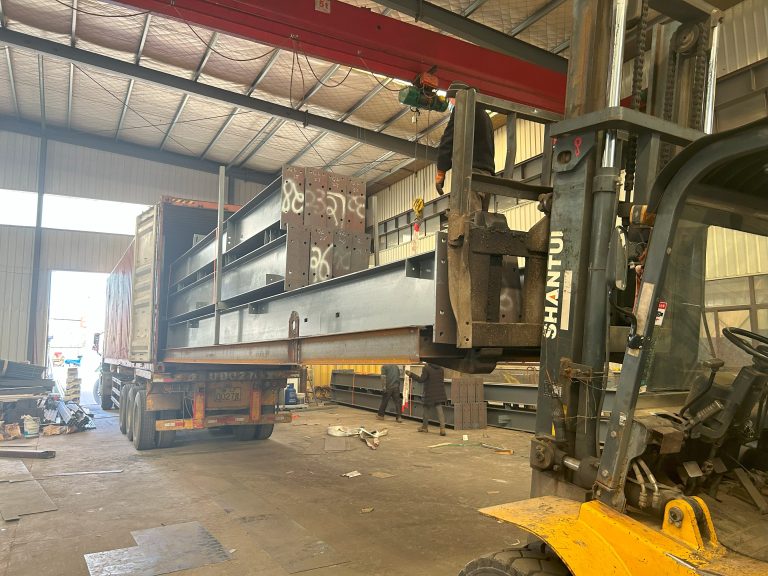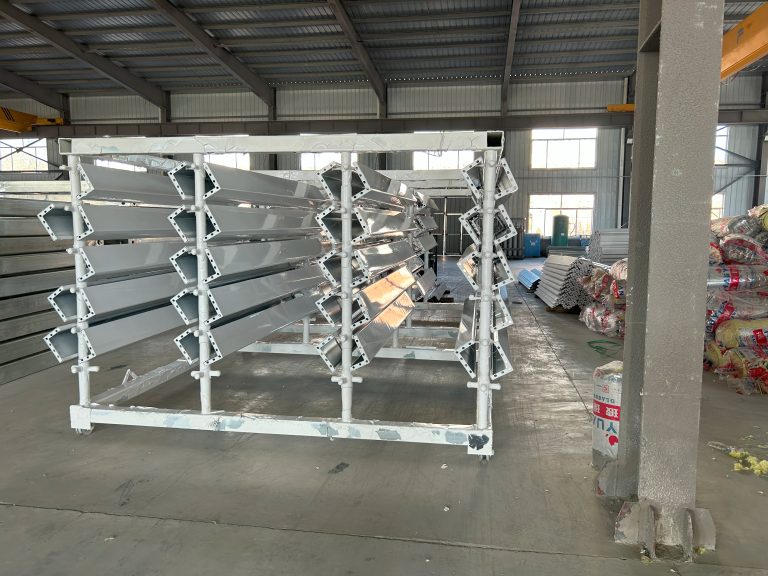Technical guide for environmental protection construction of steel structures during construction
Inhoudsopgave
Importance of Environmental Protection in Steel Structure Construction
Steel structures are a popular choice in construction due to their durability, strength, and versatility. However, the environmental impact of steel structure construction cannot be overlooked. As the construction industry continues to grow, it is crucial to prioritize environmental protection during the construction of steel structures. This technical guide aims to provide insights and recommendations for ensuring environmental protection in steel structure construction.
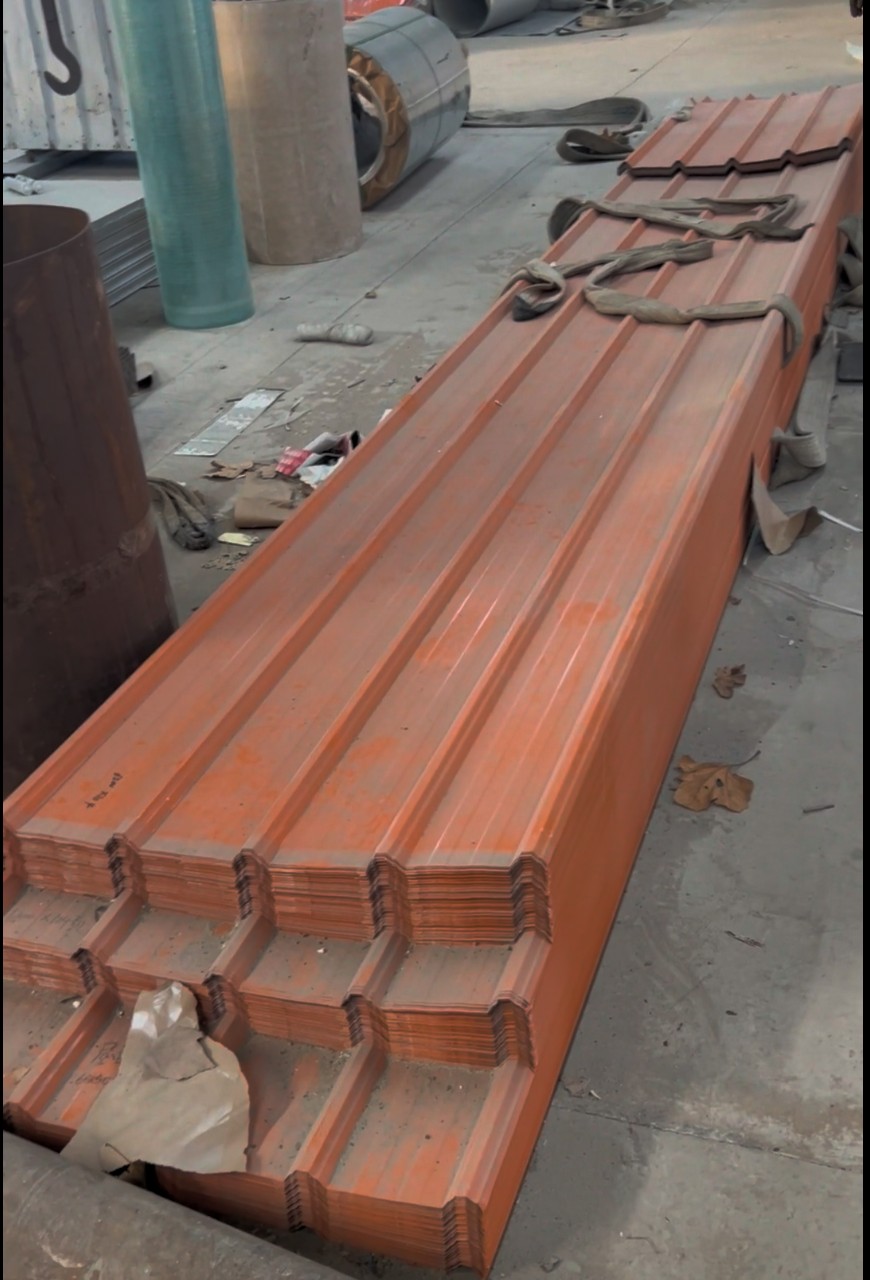
One of the key aspects of environmental protection in steel structure construction is the proper handling and disposal of construction waste. Construction activities generate a significant amount of waste, including materials such as concrete, wood, and steel. It is essential to have a waste management plan in place to minimize the impact of construction waste on the environment. Recycling and reusing materials whenever possible can help reduce the amount of waste that ends up in landfills.
Another important consideration for environmental protection in steel structure construction is the use of sustainable materials. Choosing materials that are environmentally friendly and have a low carbon footprint can help reduce the overall environmental impact of the construction project. For example, using recycled steel or steel produced using renewable energy sources can help lower the carbon emissions associated with steel production.
In addition to using sustainable materials, it is also important to consider the energy efficiency of steel structures. Energy-efficient design features, such as proper insulation and natural lighting, can help reduce the energy consumption of steel structures during their lifespan. This not only benefits the environment but also helps lower operating costs for building owners.
Water conservation is another critical aspect of environmental protection in steel structure construction. Construction activities can have a significant impact on water resources, including water pollution and depletion. Implementing water conservation measures, such as using low-flow fixtures and capturing rainwater for reuse, can help minimize the impact of construction activities on water resources.
Furthermore, protecting natural habitats and biodiversity is essential during steel structure construction. Construction activities can disrupt ecosystems and wildlife habitats, leading to negative environmental consequences. Implementing measures to protect natural habitats, such as creating buffer zones and minimizing disturbance to wildlife, can help preserve biodiversity and promote environmental sustainability.
Overall, environmental protection should be a top priority in steel structure construction. By implementing waste management practices, using sustainable materials, promoting energy efficiency, conserving water, and protecting natural habitats, construction projects can minimize their environmental impact and contribute to a more sustainable future. It is essential for construction professionals to be aware of the importance of environmental protection and to incorporate these principles into their construction practices. By following this technical guide, construction projects can be carried out in an environmentally responsible manner, ensuring the long-term sustainability of steel structures and the surrounding environment.
Best Practices for Minimizing Environmental Impact in Steel Structure Construction
Steel structures are a popular choice in construction due to their durability, strength, and versatility. However, the construction of steel structures can have a significant impact on the environment if not done properly. In order to minimize this impact, it is important to follow best practices for environmental protection during the construction process.
One of the key considerations when constructing steel structures is the use of materials. It is important to choose materials that are environmentally friendly and sustainable. This includes using recycled steel whenever possible, as well as selecting materials that have a low environmental impact in terms of production and transportation. By choosing sustainable materials, you can reduce the overall environmental footprint of your construction project.
In addition to using sustainable materials, it is also important to minimize waste during the construction process. This can be achieved by carefully planning the construction process to ensure that materials are used efficiently and that any waste is properly disposed of or recycled. By reducing waste, you can not only minimize the environmental impact of your construction project but also save money on materials and disposal costs.
Another important consideration for environmental protection during the construction of steel structures is energy efficiency. Steel structures can be designed to be highly energy efficient, with features such as insulation, energy-efficient lighting, and renewable energy sources. By incorporating these features into your construction project, you can reduce energy consumption and minimize the environmental impact of your building.
Water conservation is another important aspect of environmental protection during the construction of steel structures. By using water-efficient fixtures and implementing water recycling systems, you can reduce water consumption and minimize the impact on local water resources. Additionally, it is important to properly manage stormwater runoff to prevent pollution of nearby waterways.
During the construction process, it is also important to minimize air pollution. This can be achieved by using low-emission equipment and vehicles, as well as implementing dust control measures to prevent the spread of airborne pollutants. By taking these steps, you can reduce the impact of construction activities on air quality and protect the health of workers and nearby residents.
In order to ensure that environmental protection measures are effectively implemented during the construction of steel structures, it is important to have a comprehensive environmental management plan in place. This plan should outline the specific measures that will be taken to minimize environmental impact, as well as the responsibilities of all parties involved in the construction process. By following this plan, you can ensure that environmental protection is a priority throughout the construction project.
In conclusion, the construction of steel structures can have a significant impact on the environment if not done properly. By following best practices for environmental protection, such as using sustainable materials, minimizing waste, and promoting energy efficiency, you can reduce the environmental footprint of your construction project. By taking these steps, you can help protect the environment for future generations while also creating a sustainable and efficient building.

